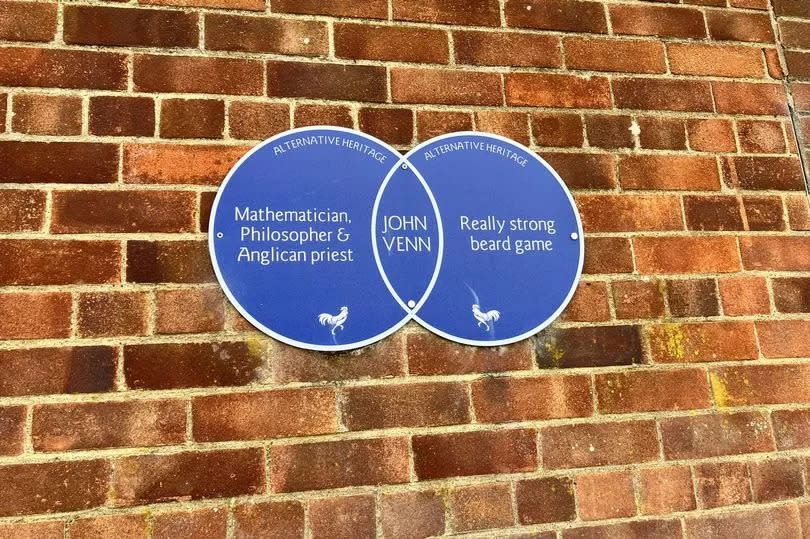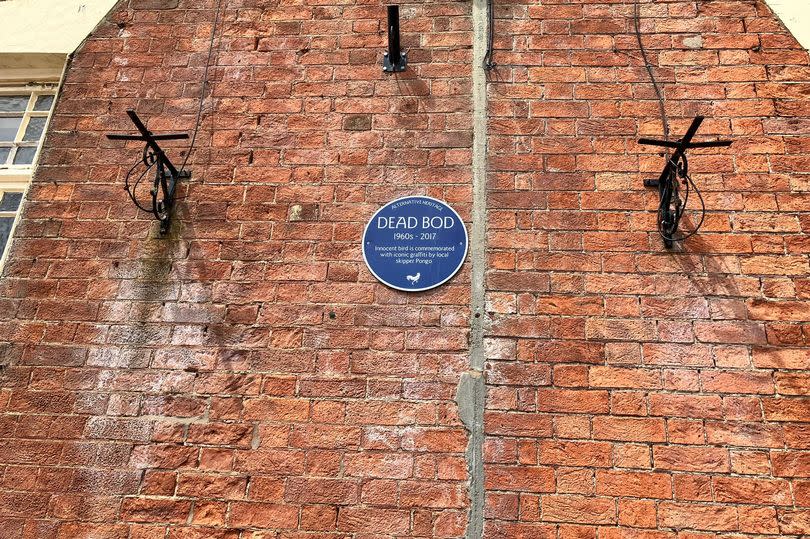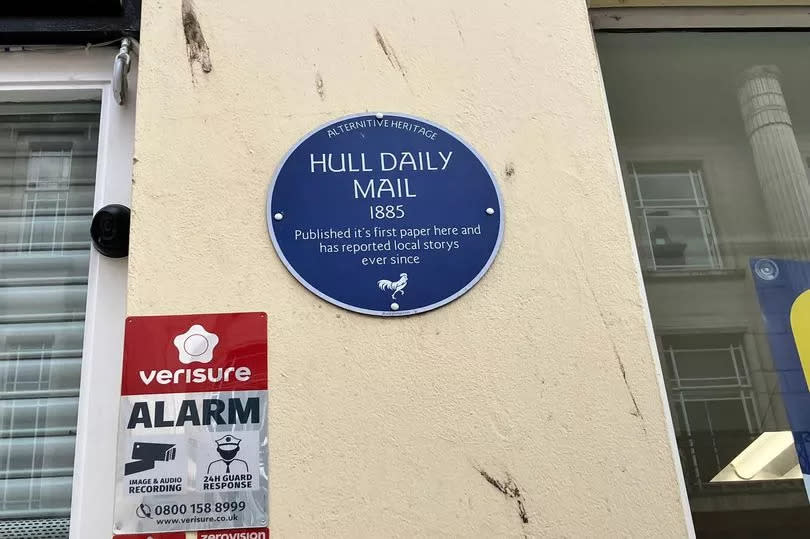The weird and the wonderful: Why I hope more 'alternative history' plaques pop up in Hull

From the Beatles' birthplaces to Charles Dickens' home, blue plaques help pinpoint historical landmarks up and down the United Kingdom.
With abundant history, Hull has its fair share of historical landmarks. There are 35 official blue plaques scattered around the city centre, creating its very own trail for history buffs to spend an afternoon on. But five years ago, an independent trail celebrating "alternative" history was born - paying homage to local Hull-isms in a tongue-in-cheek fashion.
Created by Drunk Animal Creative Studio, the Alternative History plaques celebrate some little - and well-known - local folklore. The 31 different plaques scattered around the city help form its own trail celebrating all things Hull and some of the heroes synonymous with the city. It's been a while since Alternative History has been active - late 2020 to be precise. It appears that the last plaque erected said "Goodbye 2020 - you won't be missed."
Read more:
What's on in Hull and East Yorkshire: Your guide to the latest events happening in our area
I toured Hull's historic gems on my first visit to the city - here's what I thought
Now, three and a half years later, I went to retrace some of the Hull-isms immortalised in the city centre. An interactive map on the Alternative History website has all 31 plaques ever established highlighted - from as far as Broomfleet in the East Riding all the way to beyond Holderness Road. I first headed along the River Hull towards the Venn Bridge.
Named after John Venn, born on August 4, 1834, the mathematician not only has a bridge in his honour, but a tongue-in-cheek plaque too. From a distance, the plaque looked like a legitimate English Heritage certified sign - but only when you properly read the description of "really strong beard game" do you get a hint that this might not be the case. It's a true indication that these plaques offer a hint of humour with their history.

Just a stone's throw from Venn's beard praise is our next stop at Hull College. Here we can find one of the last plaques erected to show the launching of The Shorelines Project in October 2020 - promoting discussions and awareness of the dangers of flooding in the city. Not the most 'fun' one out there - considering there's one commemorating the infamous Ronnie Pickering confrontation in Sutton Village - but a thoughtful landmark nonetheless.
A lovely walk along the riverfront would take me to what I imagined would be the next signposted landmark - or so I thought. Underneath the A63 flyover would be one of the most sincere plaques commemorating the people being drafted into war. The plaque claims that on this spot in 1918, Alf hugged his wife for the first time in four years. "He was lucky - thousands across the country never got to hug their loved ones again". Unfortunately, the plaque has gone - presumably as part of the roadworks. But I would not have to stray far until the next one.
While people were enjoying a drink in the sun outside Humber Street pub The Minerva, I was standing reading the landmark for Dead Bod. Though this isn't where the original street art was originally located, it's closer to its new resting place in the Humber Street Gallery. Since local skipper Pongo originally painted it back in the '60s just to kill a bit of time, the painting became an instant part of Hull's pop culture. It's safe to say English Heritage wouldn't establish a landmark for a trawlerman killing a wounded bird aboard a ship, but it's all part of our history.

Just outside the Beverley Gate commemorates Town Crier Michael Wood, who annually announces Kingston Upon Hull Day. Deciding to call it a day, I went to Heron, in Whitefriargate, where it's said the first ever newspaper from the Hull Daily Mail was published in 1885 - a good way to sign things off.
Though I barely scratched the surface, you could easily spend the full day wandering around to find the remaining Alternative History plaques scattered around the city. From the original homeplace of Chip Spice to one talking about the original croggy, there are plenty of inside Hull jokes scattered around. I hope to one day in the future see a few more surprisingly spring up.

 Yahoo News
Yahoo News 